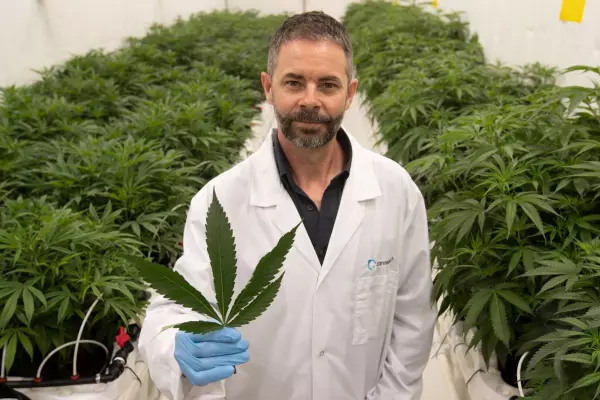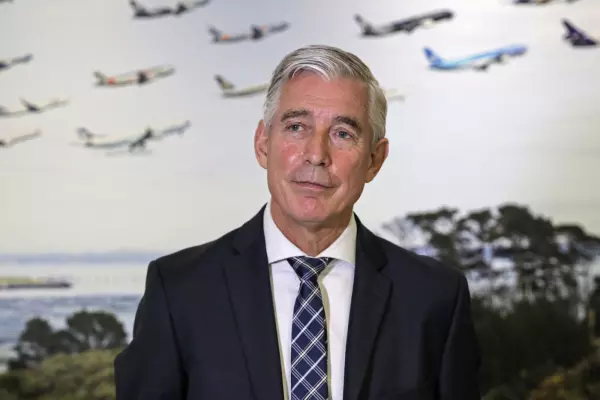The same market logic that saw the formation of the Fonterra co-operative in 2001 has insulated its joint venture shipping arm, Kotahi, from the ravages of the current global logistics turmoil.
The 'supply chain collaboration', formed in 2011 by Fonterra and meat company Silver Fern Farms, is targeting the shipment of more than 300,000 twenty-foot-equivalent unit (TEUs) containers this year, out of nine NZ ports.
That gives Kotahi ‘unicorn’ status in the current market, able to enforce contracted space and equipment guarantees from multinational shipping operators.
Chief executive David Ross said while that doesn’t eliminate the challenges of the current shipping climate, its partnership approach has proven attractive to NZ exporters who otherwise have struggled to get ship space.
Over the past year, Kotahi has added 15 exporters to its client base, who now number 63.
'Sweet spot'
One of the latest additions is the country's largest seafood company, Sanford, which handed responsibility for its frozen product exports to the Kotahi team in October.
Sanford chief supply chain officer Louise Wood said to date, the relationship was working extremely well, and while freight costs were taking a larger bite given the unreliability of shipping schedules, it provided supply chain certainty.
Ross, who joined Kotahi in 2015 as a former client after a 17-year stint with Fonterra selling consumer and foodservice products in Asia, said Kotahi's “sweet spot” was primary exports.
“It’s what we do really, really well and what we’ve kind of learned is that there’s always a good culture fit and that’s where we do our best work.”
The company now employs about 100 staff.
Last season, Kotahi helped Fonterra manage record export volumes of 2.59 million metric tonnes, up more than 4% on 2020.
But, it’s not plain sailing by any means.
Ross sees continued pockets of challenges for NZ exporters into the remainder of this year.
Chief amongst those are unreliable shipping schedules, which by late last year had slumped to a new low of 32% on the back of port congestion and ongoing vessel delays.
What that’s effectively done, Ross said, is take 12% of vessel capacity out of global shipping lanes and “that’s about as bad as it’s ever been”.
Congestion
Local congestion at Ports of Auckland, the country’s biggest import terminal, has also meant a host of vessels either sidestep Auckland or other ports altogether and levy hefty congestion container surcharges, ranging up to US$1,000 (NZ$1,460) per TEU.
This month, shipper Hamburg Süd slapped a surcharge on cargo headed to Auckland, and that was after diverting its Debussy V147 vessel to Northport.
As a result, importers had to pay both the additional charge and the road cost of getting their goods from Whangarei to Auckland.
One of the worst pressure points for port congestion remains the US West coast, Ross said, and that was having downstream impacts on vessel schedules.
This meant only one of four scheduled sailings took place last month on a key service to California and capacity remains tight into Australia, Africa, the Middle East and West Asia.
“What we’re seeing are NZ exporters weighing up whether the market justifies the premium for alternate shipping options or whether they should be looking to sell to alternate buyers.”
Reefer charges up
Kotahi is also forecasting reefer (refrigerated) container challenges becoming an issue from now until July, on the back of a shortage of refrigerated containers and strong forecasts across dairy, meat and horticultural exports.
Despite its focus on food exports, only about a third of its exports go via reefer, reflecting a high volume of dry milk powder.
Ross said schedule delays and global congestion was also driving the industry to consume more fuel than usually required, which “wasn’t ideal” given the impacts of the Ukrainian conflict on bunker fuel costs.
He expects continued, rapid upward pressure on rates globally, which were already about six times pre-covid level.
But there were bright spots, with Port of Tauranga having now pushed its schedule reliability up to 42.9%.
“That’s really as a result of the investment by Maersk, which had added permanent capacity and port of call changes to its trans-Tasman southern star service.”














